Wed 8 Jul 2020 meeting saw Jason speaking about the Bronte Fly Fishing School course he went to in Tasmania – this was part of a recent trip he made to Tassie and JM has provided some insights on travelling to the Apple Isle (if it ever opens up again for business!).
Author Archives: bill
August 2020 Burley Line (Newsletter Issue 158)

Our angling has slowed down but it was a morale boost to get a number of articles from regular contributors. Thanks Jason and Claude for submitting some interesting articles – even if the results of your expeditions did not include fish (we are an Angling association after all), the information obtained will stand us all in good stead. As ever, I’m impressed by how keen young Luke has become – rewarded here with ‘photo of the month’ plus another photo in his article. Ever vigilant Jaime spotted one item – make sure you click through to the link in respect to the huge cod landed in LBG. There is hope still for all of us to land a lunker locally. Lyall has put in two promotions – for our free casting lessons and for Peter Morse’s classes coming up here in Canberra. Lots of other news from near and far in this edition.
Our new Facebook editor had a reassuring incident this month. I’d put up in the CAA (website) News Blog a promotion for our annual fly casting lessons. Someone following the blog (everyone should think about subscribing) was sufficiently enthused that they then announced the event on the CAA Facebook page just ahead of Shaun doing it himself. We’ve got 47 folk subscribing to the CAA blog for emailed alerts (some are not CAA members). By contrast we have 424 followers on Facebook (almost none are CAA members) and more every day. I wonder if CAA should get onto Instagram and Twitter with the way this newfangled social media is being embraced.
Bobeyan Road Confirmed Open
ACT Government website confirms the re-opening.

CAA’s Big AGM Raffle
Given the AGM is going ‘virtual’ with us meeting on-line via Zoom, the traditional raffle has also gone on-line.
If you haven’t already bought your ticket, best you hurry. Buy your tickets ‘contact-free’ by transferring your money to the Canberra Anglers’ Association bank account at BSB 032727, Account 240159. $10 per ticket. Be sure to include your name in the bank reference. Lucky winners will be announced at the AGM.
$300 of prizes suited to all styles of angling. They include a Snowbee fish smoker, a McLean Angling folding weigh net (kg and lbs) made in New Zealand and a SIMMS wading koozy.
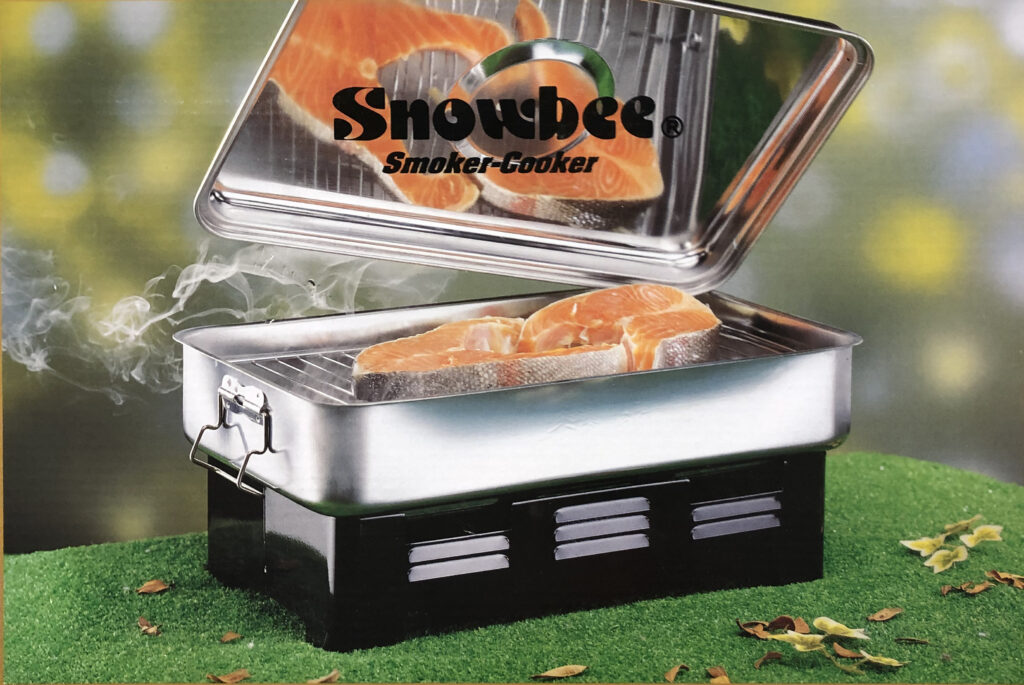
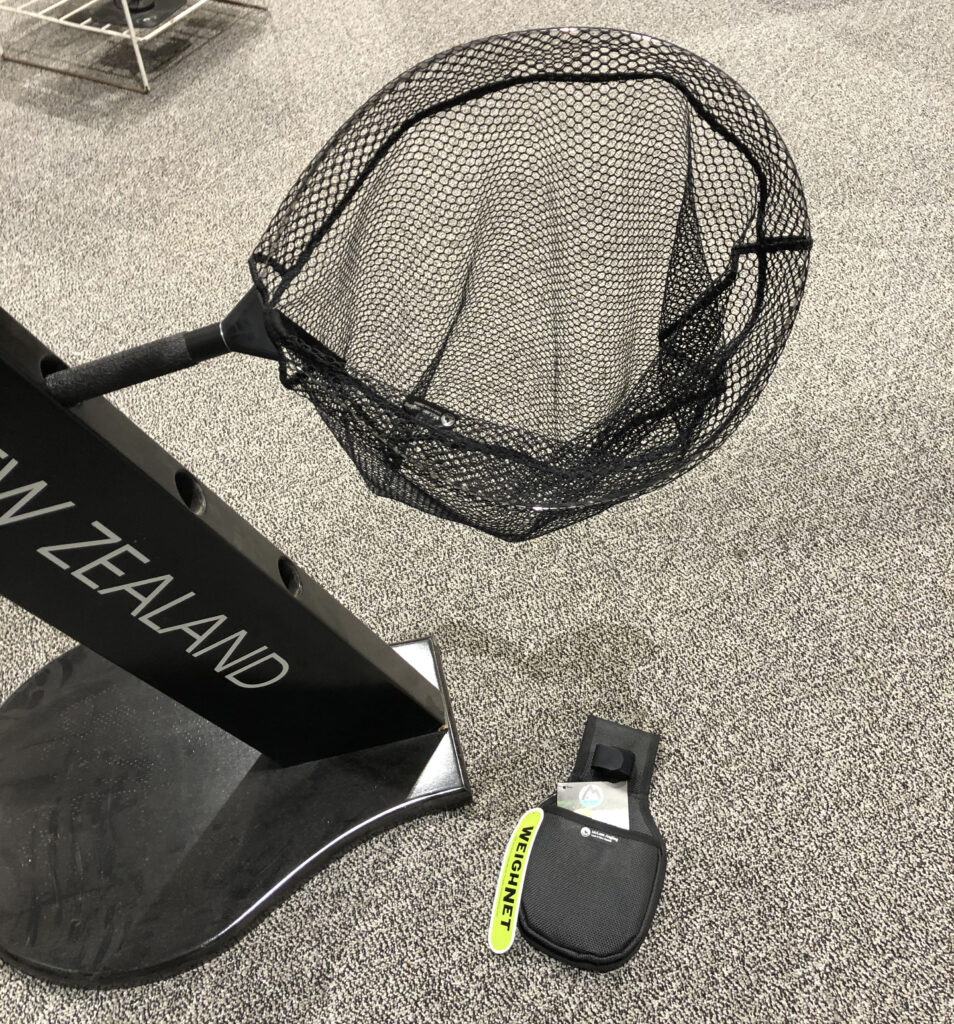
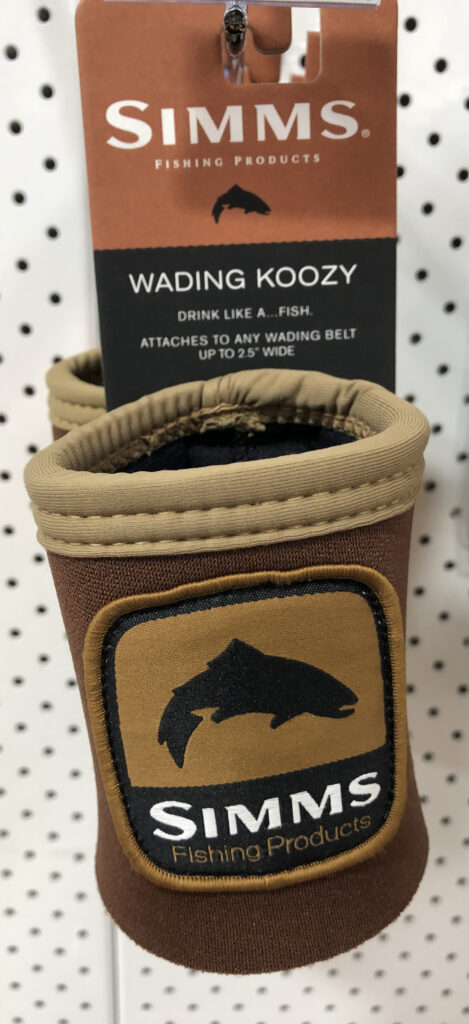
North Country Spider: Partridge and Orange Fly Tying 22 Jul 2020
North Country Spider: Partridge and Orange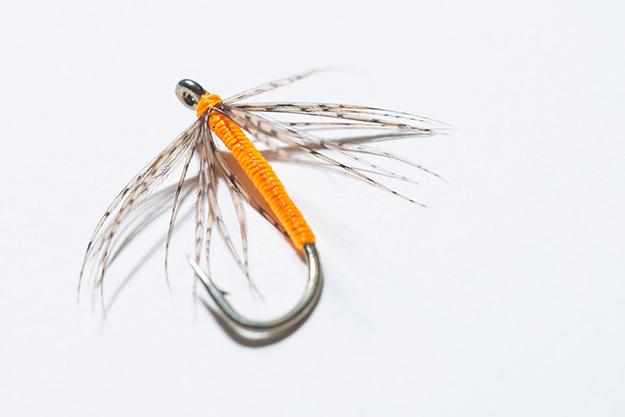 North Country Spiders – is the name given to wet flies tied in a particular style in the north of England. The Americans refer to them as “Soft Hackles”. They are at the foundation of all North Country fly fishing and are tied intentionally to be very sparse. They have been used for over a hundred years and are tied using simple, traditional, fly tying materials, to represent the full spectrum of insects available to the trout and grayling. There are many North Country Spiders variants that can represent virtually every insect and they have been successfully employed in lakes and rivers in Australia.
North Country Spiders – is the name given to wet flies tied in a particular style in the north of England. The Americans refer to them as “Soft Hackles”. They are at the foundation of all North Country fly fishing and are tied intentionally to be very sparse. They have been used for over a hundred years and are tied using simple, traditional, fly tying materials, to represent the full spectrum of insects available to the trout and grayling. There are many North Country Spiders variants that can represent virtually every insect and they have been successfully employed in lakes and rivers in Australia.
Shaun will be leading the tying session…you may recall the informative Loch Style fishing presentation he provided to the club earlier this year. Shaun has successfully employed these types of flies internationally and locally so his tying session is sure to be informative to all levels of fishers. Even if you don’t want to participate in the tie, join us with a single malt or camomile tea for the informative chat.
Tying List:
Hook: Wet Fly, Size 14-18
Thread: Orange 8/0. Traditionally actual tying silk made by Pearsalls. and waxed before use.
Rib: Fine gold wire (very optional). Substitute: You can use what you have in your tying kit
Hackle: Speckled neck feather from an English Partridge. Substitute: similar from a hen cape (rounded and soft)
Alternate ties: With a peacock herl as a thorax or head – behind or in front of the hackle.
Even more alternate ties: With a touch dubbed body.
Secrets he’ll talk about on the night:
– History, 15th Century Italian, 19th Century Yorkshire
– Finding real tying silk without paying $50 a reel on eBay
– How to fish
– Alternate ties
– Herl headed and Thorax spiders
– The Tenkara Tie
10 Soft-hackle Flies You Need to Know • Outdoor Canada
Method:
1. Lightly wax the thread first. Then tie on just behind the eye.
2. Catch in the fine gold wire and hold in-line with the hook shank as you wrap the thread in touching turns.
3. Stop wrapping the thread just short of the bend.
4. Wrap the thread back up in touching turns to just short of the eye.
5. Take the gold wire in open even turns towards the eye to produce 4-6 ribs. Secure the rib with two wraps of thread.
6. Helicopter the surplus gold rib close to the body.
7. Catch in a prepared partridge feather by the tip using only two or three wraps of thread running away from the eye. I’ll explain how to prep a feather on the night.
8. Cut away the feather tip.
9. Using hackle pliers make between one and two wraps with the feather. Be careful to keep the feather from twisting so the feather barbs take position perpendicular to the body. If you stroke the barbs back as you pass the hackle around the shank you will avoid catching any preceding barbs.
10. Make a careful whip finish with three or four wraps of thread. Avoid letting the whip finish flatten the feather barbs.
11. Touch in the head with a couple of tiny drops of head cement.
keyword wetfly streamerfly
Opera House Yabby Trap Ban
NSW is still lagging behind with banning these traps and implementing their exchange project. ACT is enacting the change. CAA Sec emailed this today:
The ACT Government is introducing a new Fisheries (Fishing Gear) instrument which prohibits the use and possession of opera-house nets in all ACT waters (including private waters). This instrument also allows the use of open-top pyramid nets in waters where hoop-nets are allowed – please see the following link to view the instrument https://www.legislation.act.gov.au/di/2020-113/ . This has now been notified and the changes to these fishing gear rules now apply in the ACT.
Minister Gentleman has announced an opera-house net swap program https://www.cmtedd.act.gov.au/open_government/inform/act_government_media_releases/gentleman/2020/swap-your-old-yabby-trap-for-a-free-wild-life-friendly-net ,this will allow Canberran’s to swap opera-house nets for an open-top pyramid net free of charge at participating retailers. We hope this will see less opera-house nets in the community and result in less deaths of non-target native animals captured in these nets. Flyer:
More News of MAS Concept for a Trout Grow Out Facility as Part of Snowy Hydro 2.0
Got this from Pres MAS

Dear Supporters
On 2 July 2020, MAS Secretary Rod Whiteway and I met with NSW Fisheries to discuss our Concept Plan for the trout grow-out facility which is to be developed as an off-set for Snowy Hydro 2.0. During this meeting we presented our plan and our four priorities. At the end of this meeting NSW Fisheries asked that the MAS enter into “Agreed Principles” with DPI for the project. The MAS Executive is working on this and we will make a decision soon.
On 7 July I met with Snowy Hydro to present our Concept Plan to them. It is my assessment that our Concept Plan was well received.
Under the Final Assessment, Snowy Hydro is required to develop a detailed Recreational Fishing Management Plan, which includes a program involving the spending of $5 million over 5 years during construction (of Snowy Hydro 2.0) to develop the capability to restock, and to restock, the Tantangara Reservoir and Lake Eucumbene with salmonid fish. The anglers of the region have provided substantial support for the MAS proposal that the facility must produce fish of such a size that can withstand redfin predation. The MAS has identified 200 to 250mm as the preferred size and this has subsequently been confirmed by DPI researchers.
To get trout to this size it is imperative that the Gaden Trout Hatchery is capable of operating year-round with minimal impact from reduced water flow or high-water temperatures. Over the last two hatchery seasons we have seen Gaden production impacted by Thredbo River hot water events. It is likely that these hot water events will continue ad hoc into the future. Because of climate change there is the distinct probability such events will become more frequent. The MAS has formed the view that Water Temperature Security (WTS) is the critical element in any Plan for the facility. To ensure WTS the MAS has developed this Concept Plan to ensure WTS for the grow-out facility and Gaden Hatchery generally.
The MAS has adopted the position that there are four priorities for this project, and they are non-negotiable in concept. They are:
- Water Temperature Security must be secured for Gaden Hatchery,
- The facility must be capable of growing out a minimum of 150,000 yearling trout per annum for stocking,
- A suitable fish transporter must be part of the plan to ensure trout are stocked efficiently and effectively, and
- Holding a reserve of funds for the mid-term repair or replacement of the pump and / or pipeline.
If you would like more detail on the Concept Plan you can find it on the MAS Web Site at this link.
http://www.monarofishsociety.org/news.html
The MAS will keep you informed as the project develops.
Steve Samuels
President
Monaro Acclimatisation Society Inc.
July 2020
Draft State Strategic Plan for Crown land
Comments sought by Thu 20 Aug.
I got this from the NSW CFA Jul Newsletter. I’ll highlight the rest in the Aug Burley Line but this item was too urgent.
All the information and see the promotional video here.
Crown land is highly valued and enjoyed by individuals and diverse communities across NSW. It is used for a wide variety of purposes, from farms, parks, reserves, roads and cemeteries, to showgrounds, campgrounds, surf clubs, community halls and industrial sites…. did someone also think angler access!
Under the Crown Land Management Act 2016 (the Act) the NSW Government is required to create a State Strategic Plan for Crown land. The State Strategic Plan will set the vision, priorities and overarching strategy for the management of Crown land and outline timeframes and outcomes.
Here’s your chance to comment.
July 2020 Burley Line (Newsletter Issue 157)
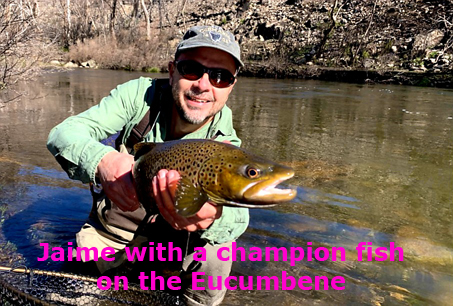
Many thanks to Rod for his notes. I’m conscious that some people actually work for a living and I appreciate folks such as him spending the time to contribute to Burley Line.
End of season for trout stream fishing and some members report here on their experiences – some interesting reading from Evan, Claude&BJ and Peter. What a beauty from Jaime – and then he backed up with a good string of Cod (the man is a veritable angling machine). Things are relaxing a bit with initial recommencement of CAA angling events with the June Chill at Black Mountain Peninsula – as you’ll see, the President led from the front – but unfortunately our Saltwater event has had to be cancelled, and our meetings will continue to be virtual for the time being. The unique value of Zoom was demonstrated by the June meeting where, all that way from NZ, Declan Wong spoke on ‘What you should do prior to, and what to expect when, fly fishing in NZ – A guides perspective’. An enjoyable question/answer session – Claude has provided a summary here. Finally, another early member of CAA has passed away.
We are getting close to our July meeting … remember, that’s when Lyall closes the ‘little green book’ and the registration of fish for possible trophy consideration closes. If you have fish to register, you best contact Lyall and book in a physical meeting or other arrangement in case our club meeting has to continue with Zoom. My quick glance earlier this month revealed very few entries.
Some good news on the Facebook front – Shaun has volunteered to be the lead Editor. If you are registered on Facebook, you should consider “liking and following” the CAA Facebook page. Shaun has lots of contacts and so, while much will align with stuff you’ll see in the Newsletter or CAA Website News Blog, you may well see it on FB first. I’m adding a column here in Burley Line as a ‘catch up’ for those of you who don’t want to sign up for Facebook.
DPI Developments in Support of Snowy Trout
DPI Fisheries has been criticised for not displaying action in respect to the Trout Strategy that had been developed with much angler input a year or so ago. On 18 June 2020 they conducted an extended Zoom presentation covering these matters, specifically the innovations being implemented at Gaden Hatchery and especially the research activities being conducted across the state. It was a very informative session and well received.
For those who didn’t go, or those who would like a reminder of the slide packs/information, these have been disseminated and available here. The titles are not entirely descriptive of the contents. The first one focusses on research, the second the efforts more broadly.
